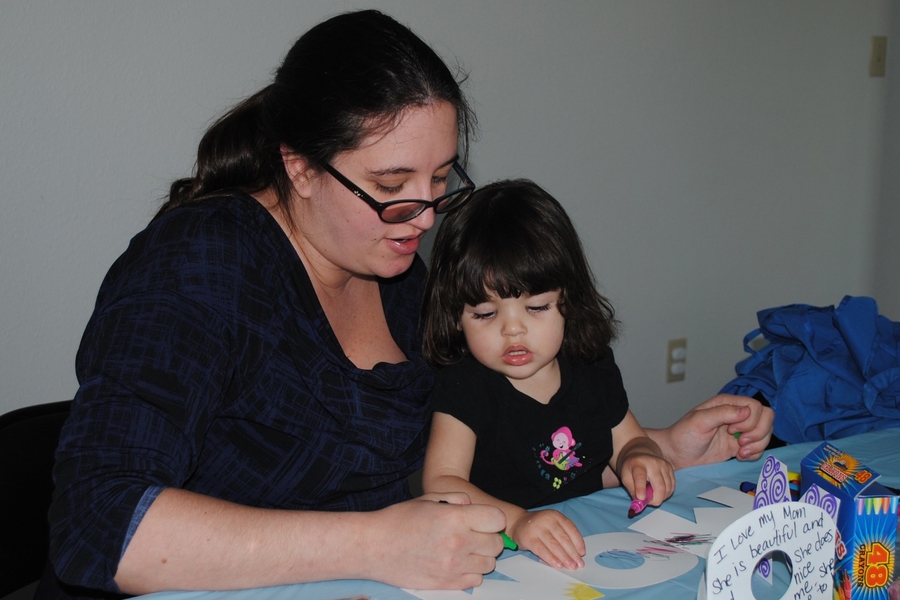
Everyday Learning On A Budget
25 Dec 2017 | 4 min Read
Neha Khanna (PearlBuds)
Author | 20 Articles
Birthday’s, Diwali, Christmas or get-togethers – you name the occasion and the invitees get a gift for your little one. But more than the toy, the child engages and enjoys with the box it arrived in. The cardboard box turns into a race-car, a hideaway, boat, cupboard, kitchen and the list is endless. Everything that the child can image, engage and create is in that one empty box.
So this one empty box opened a new world of creativity for your child. This is the magic of Learning through Play. The experiences children have during their first five years have a tremendous impact on the development of their brains, their health, and their future as adults.
Why Engage kids in activities :
1. Kids learn by doing things! By making learning fun, they will surely want to learn all the time.
2. The job description of a child is MOVEMENT !! A child should move, be active, explore and get in trouble (well, sometimes). When learning is fun and through play, the child learns self-discovery and you can stem the learning in line with their interests.
3. Simply because IT IS FUN and YOU are creating MEMORIES. Your child will never remember the “Best TV Day of my life”. But fondly remember just spending time together doing fun things.
How to start preparing activities – You need to study your child. Step back and watch them as they play. Through this observation you will learn their likes, dislikes, strengths and weakness. You will gauge the kind of learner your child is – tactile, loads of physical energy, visually active or auditory sensitive. Incorporate the way they play into the activities they’re already interested in.
All said and done, many mom’s are apprehensive about the time and effort they need to put in with DIY projects. Well, let me explain what DIY is exactly not !!
DIY is not Time-Consuming – In our fast-paced lives, we hardly have time to stop in our tracks and smell the fresh flowers or just “breathe”. So many mom’s feel – “You expect us to spend an hour planning and prepping, the child plays like for 5-7 minutes or sometimes just doesn’t play at all and whooff… all that hard work is wasted (well, not really). our child did engage in play and learning even if it lasted 5 minutes. Do the cutting, laminating, gluing while watching TV or plan an hour twice a week to tackle the DIY Projects.
DIY is not about creativity or talent – It is not humanly possible to have all the creativity in the world. What is social media for? Use Pinterest, Facebook groups, YouTube for ideas and information. Two hands, some right equipment, a little time and your heart into it – you will be amazed at what you zip up in a few minutes.
DIY is not about having a craft room or cupboard – You do not need a separate space for all your DIY work. You can whip up activities with things lying around the house. You do not need fancy equipment or supplies. If there are some things you cannot do without for a project but don’t want to invest, just borrow from a friend or purchase preloved.
DIY is not equal to limited budget – A popular school of thought is that if I DIY, I have a money crunch. DIY to me is something I make out of love and compassion for my child which will play a very small yet important role in his development. Plus I am doing the environment a favor.
So my beautiful self-doubting mom’s – A little confidence, a little time management and a few items can create wonders.
Also Read – 7 Skills to Teach Your Child Before School Starts
Explore the entire collection of articles: Early Learning & Brain Development
A


Related Topics for you
Suggestions offered by doctors on BabyChakra are of advisory nature i.e., for educational and informational purposes only. Content posted on, created for, or compiled by BabyChakra is not intended or designed to replace your doctor's independent judgment about any symptom, condition, or the appropriateness or risks of a procedure or treatment for a given person.
